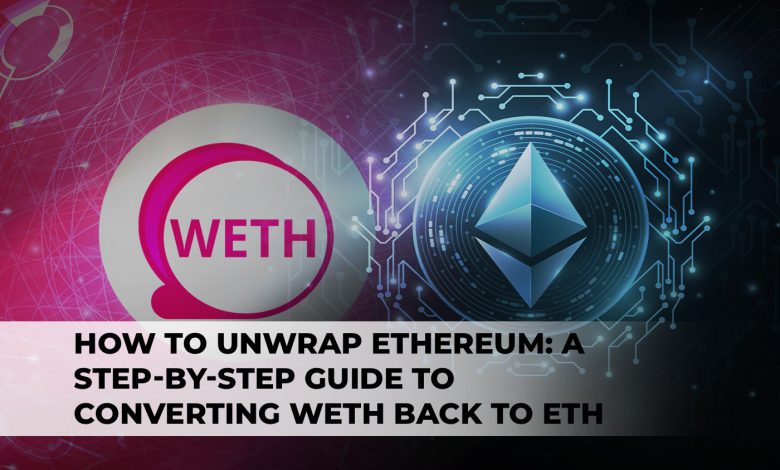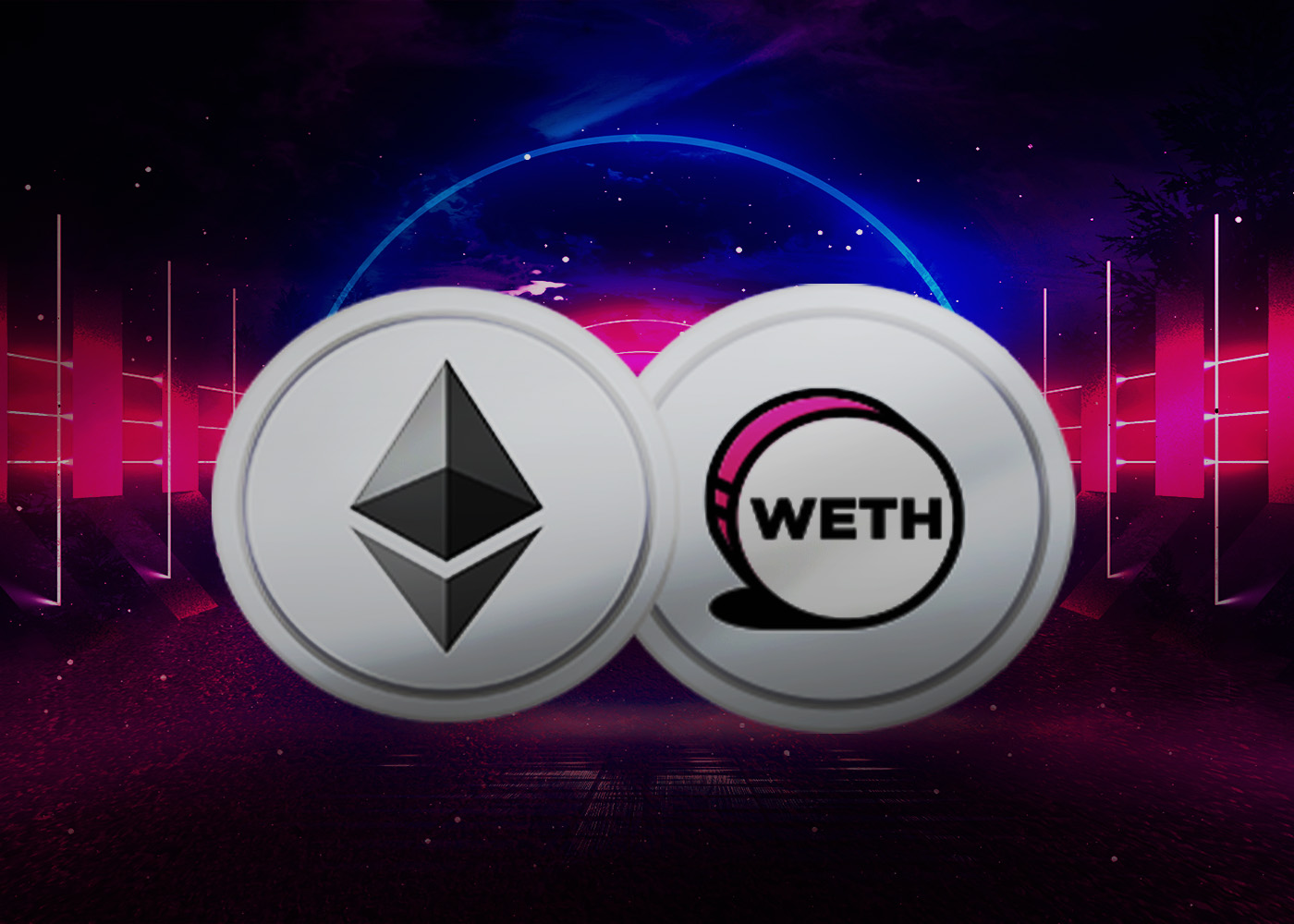
In the Ethereum network, tokens are digital assets that can represent anything from currency to loyalty points or ownership of an asset. Wrapped tokens are tokens that are pegged to an underlying asset or currency and are backed by it, allowing them to be traded on Ethereum. Unwrapped tokens, on the other hand, are native Ethereum tokens that are not backed by any external asset or currency. Unwrap Ethereum involves converting wrapped tokens back into their underlying asset or currency, which may be necessary if the user wants to withdraw their funds to a non-Ethereum wallet or exchange.
Unwrapping can also be necessary if the user wants to use the underlying asset or currency outside of the Ethereum network. While wrapped tokens offer more liquidity and trading options on the Ethereum network, they come with additional complexity and fees, making unwrapped tokens a simpler and more straightforward option for some users.
Understanding Wrapped Ethereum (WETH)
Wrapped Ethereum (WETH) is an ERC-20 token that represents Ether (ETH) on the Ethereum network. It works by wrapping or converting ETH into a standard ERC-20 token format, which allows it to be used in decentralized applications (dApps) and smart contracts. WETH provides several advantages over traditional ETH, including increased liquidity, faster transaction times, and easier integration with other dApps and exchanges. Additionally, by using WETH instead of ETH, users can avoid the need to constantly convert between different cryptocurrencies and tokens, simplifying the process of buying, selling, and trading on the Ethereum network.
Why Unwrap Ethereum?
Unwrapping Ethereum, also known as converting wrapped Ethereum (WETH) back to traditional Ethereum, may be necessary for a variety of reasons. One common reason is the need to interact with decentralized applications (dApps) that only accept traditional Ethereum. WETH is used as a wrapped version of Ethereum on decentralized exchanges and other platforms, but some dApps may not recognize WETH as a valid form of Ethereum. Additionally, some users may want to transfer Ethereum to an external wallet or exchange that does not accept WETH. In these cases, unwrapping Ethereum is necessary to access the original form of the cryptocurrency and complete the desired transaction.

Unwrapping Ethereum
Unwrapping Ethereum involves the process of converting wrapped Ethereum (WETH) back to its native form. The process can be necessary for individuals looking to use their Ethereum with decentralized applications (dApps) or transfer Ethereum to an external wallet or exchange. To unwrap Ethereum, the first step is to send WETH to a designated smart contract address, which will release the underlying Ethereum to the sender’s wallet. This process can typically be completed on decentralized exchanges (DEXs) or centralized exchanges that support WETH trading. While the unwrapping process is generally straightforward, it’s essential to consider potential fees and risks associated with the process. These can include transaction fees and the possibility of smart contract bugs or vulnerabilities that could result in the loss of funds.
Alternative Options to Unwrap Ethereum
For those who do not want to go through the process of unwrapping Ethereum, there are alternative options available. One option is to use an Ethereum-compatible wallet that supports both Ethereum and WETH. This allows users to easily switch between the two without the need for unwrapping. Another option is to use a cryptocurrency exchange that supports both Ethereum and WETH, which can also simplify the process of switching between the two. It’s important to note, however, that not all exchanges or wallets support WETH, so it’s essential to do research and ensure compatibility before making any transfers.
In summary, unwrapping Ethereum involves the process of converting WETH tokens back to ETH. It may be necessary to unwrap Ethereum to use it with decentralized applications or transfer it to an external wallet or exchange. The process of unwrapping Ethereum involves several steps, including approving the WETH contract and executing the unwrap transaction on a cryptocurrency exchange. Potential fees and risks associated with unwrapping Ethereum should also be considered.







